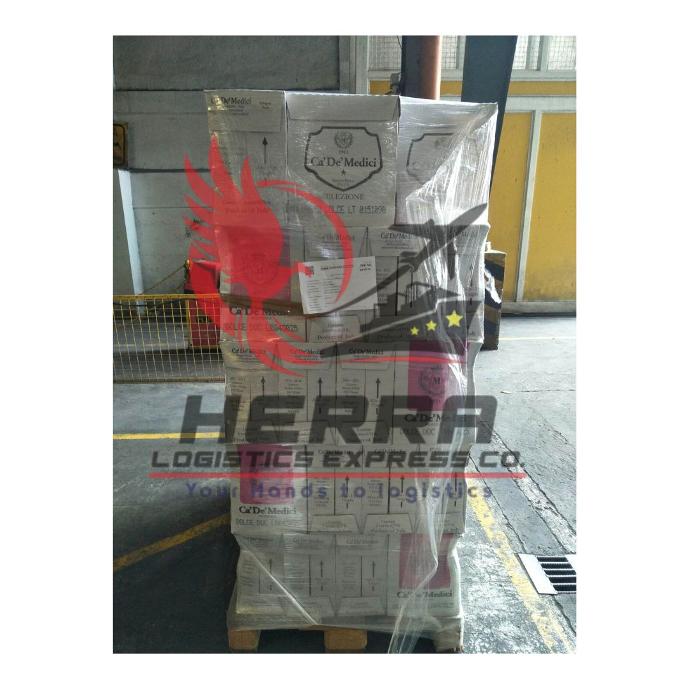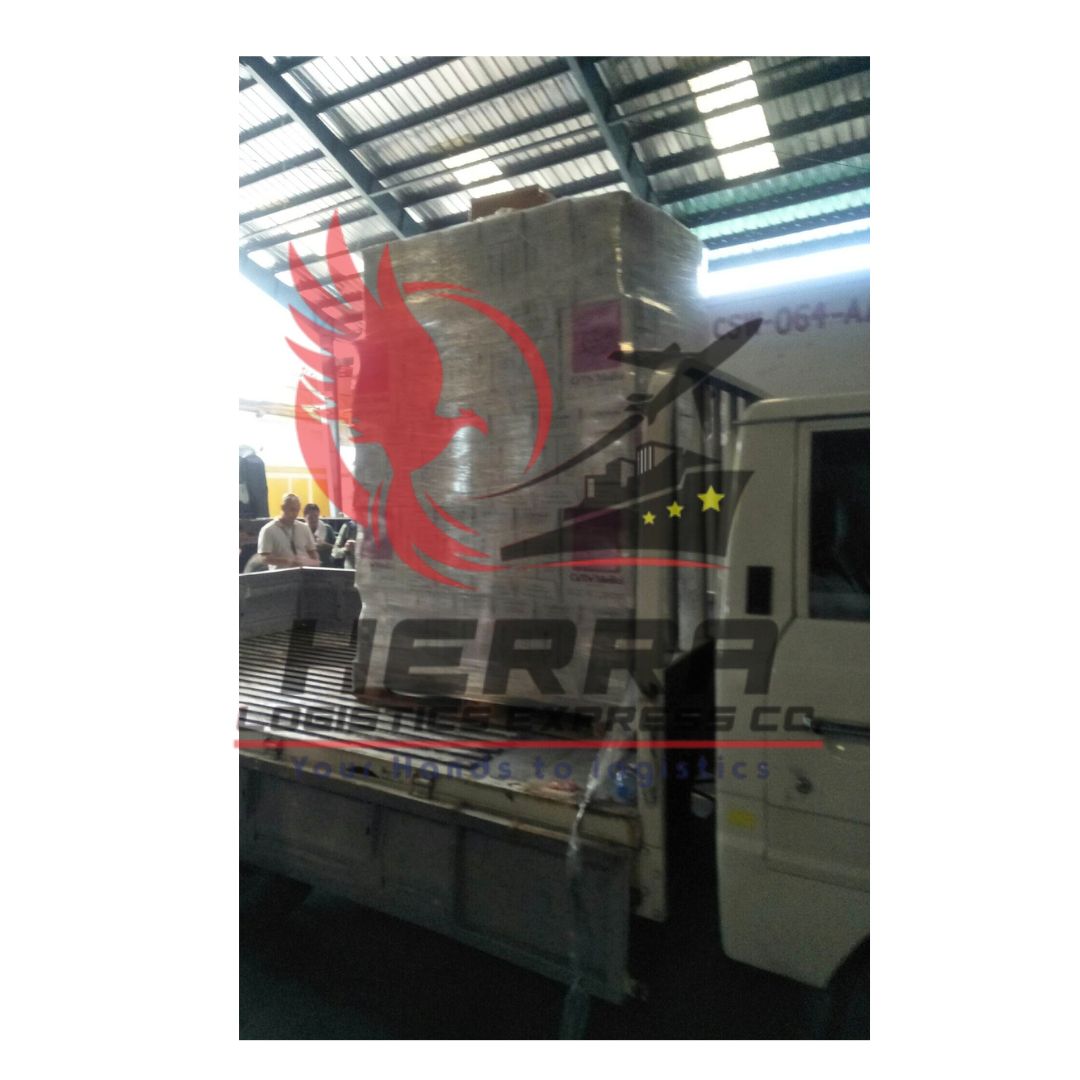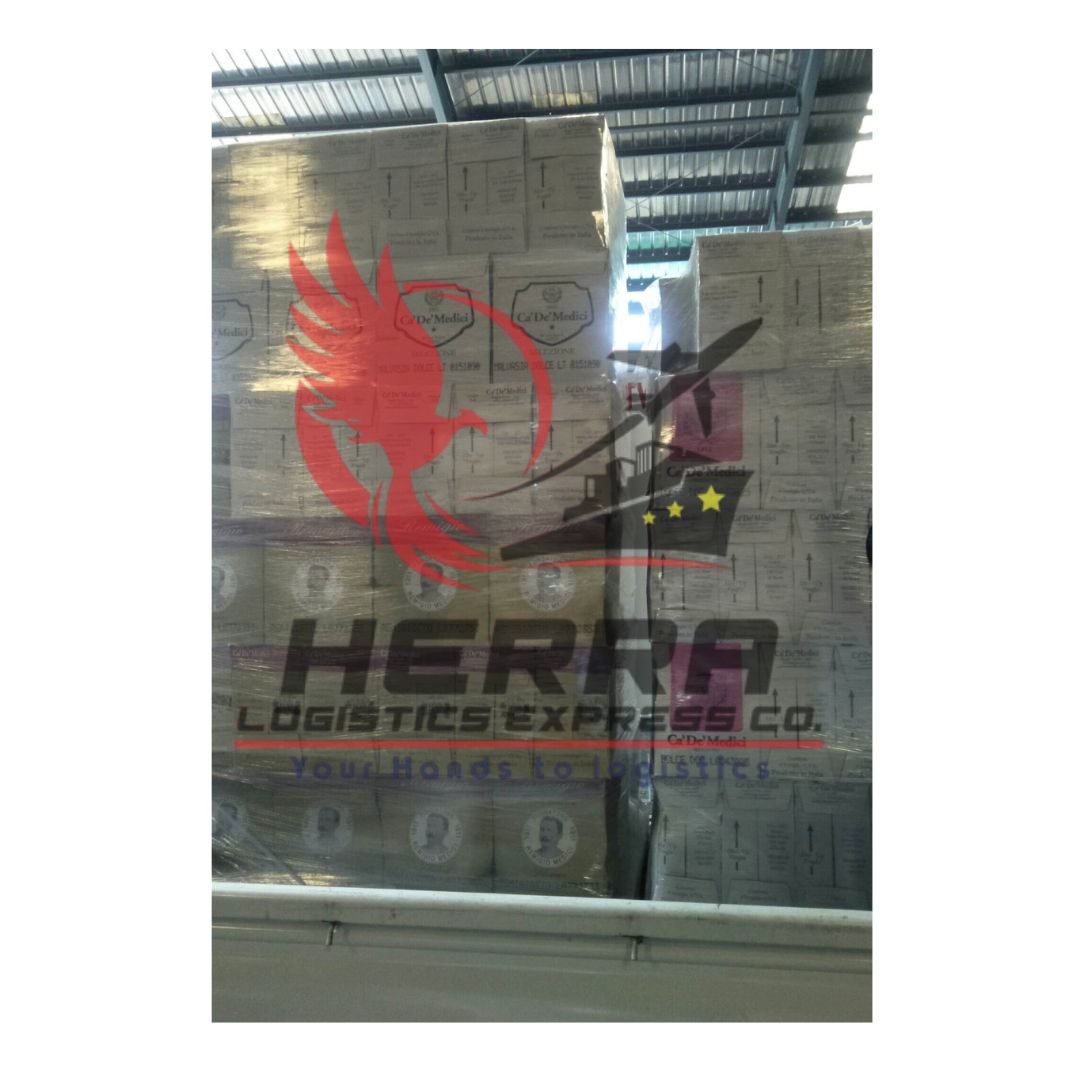LIKE, FOLLOW & SHARE
FB : HERRA Logistics Express Co.
IG : HerraLogistics
Tiktok : @herralogistics


- Types of Wines:
- Red Wine: Made from dark-colored grape varieties. Common types include Merlot, Cabernet Sauvignon, Pinot Noir, and Syrah.
- White Wine: Made from green or yellowish grapes. Popular varieties include Chardonnay, Sauvignon Blanc, and Riesling.
- Rosé Wine: Typically made from red grape varieties with limited skin contact during fermentation, resulting in a pink color.
- Wine Production:
- Harvesting: Grapes are harvested when they reach optimal ripeness.
- Crushing and Pressing: Grapes are crushed to release the juice, which is then pressed to separate it from the skins and seeds.
- Fermentation: Yeast is added to the grape juice to start the fermentation process, converting sugars into alcohol.
- Aging: Wines may be aged in various containers, such as stainless steel tanks, oak barrels, or other materials, depending on the desired characteristics.
- Wine Regions:
- Different regions around the world are known for producing specific types of wine. For example, Bordeaux in France is famous for its red blends, while the Napa Valley in the United States is renowned for its Cabernet Sauvignon.
- Wine Varieties:
- Wines come in a wide range of styles, from dry to sweet and light to full-bodied.
- Sparkling wines, like Champagne, undergo a second fermentation to produce carbonation.
- Dessert wines, such as Port or Sauternes, are often sweeter and served with or as dessert.
- Tasting and Pairing:
- Wine tasting involves assessing the appearance, aroma, taste, and finish of a wine.
- Wines can be paired with various foods to enhance the dining experience. Red wines often pair well with red meats, while white wines complement lighter dishes.
Wine Culture: - Wine is often associated with social and cultural rituals, such as toasting, wine and food pairing events, and wine tastings.
- Wine is also a significant part of various cultural and religious ceremonies.

- Registration with the Bureau of Internal Revenue (BIR):
- Importers need to register with the BIR and obtain a Tax Identification Number (TIN).
- They must secure an Importer's Clearance Certificate (ICC) and register with the BIR's Electronic Accreditation and Registration System (EARS).
- Customs Declaration:
- Importers must fill out a customs declaration form providing details about the imported goods, including quantity, value, and classification.
- The Harmonized System (HS) Code for wines should be correctly declared.
- Payment of Duties and Taxes:
- Import duties and taxes are imposed on imported wines. These include customs duties, value-added tax (VAT), and excise tax.
- The BOC determines the applicable rates based on the Tariff and Customs Code of the Philippines.
- Obtaining Necessary Permits:
- Importers may need to secure permits from regulatory agencies such as the Food and Drug Administration (FDA) for compliance with food safety standards.
- For alcoholic beverages, including wines, the importer must secure clearances from the BIR's Excise Tax Division.
- Pre-shipment Inspection:
- In some cases, pre-shipment inspection may be required to verify the quality and quantity of the imported goods.
- Port of Entry:
- The wines must be shipped to a designated port of entry in the Philippines.
- The BOC handles the customs clearance process upon the arrival of the goods.
- Post-Clearance Audit:
- The BIR conducts post-clearance audits to ensure compliance with tax regulations.
- Importers are required to keep detailed records and documents related to their imports.
Distribution and Sale: - Once customs clearance is obtained, the imported wines can be distributed and sold in the Philippines.
